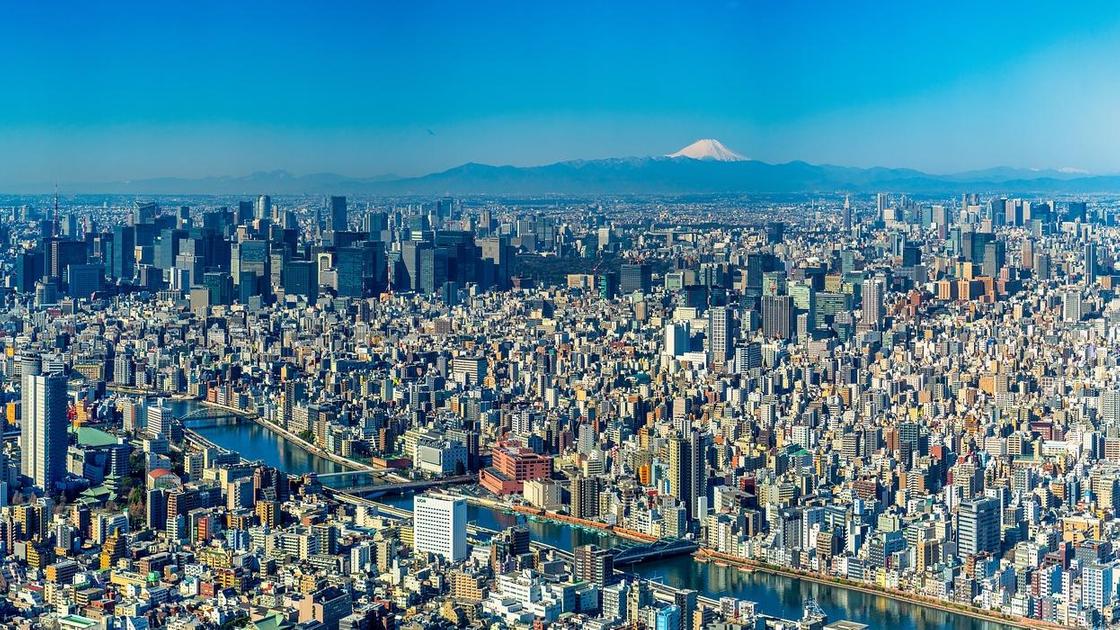
Cities with a population of over a million are not uncommon in the world. Today, agglomerations that exceed entire countries in population are astounding. Which cities in the world are so densely populated?
What are the largest cities in the world by population? The independent organization World Population Review, which studies demographic issues, has determined the top ten most populated cities in 2023. The top 10 included Tokyo, Delhi, Shanghai, Sao Paulo, Mexico City, Cairo, Dhaka, Mumbai, Beijing and Osaka.
1. Tokyo
What is the most populous city in the world? It is Tokyo, the capital and largest city of Japan. According to the World Population Review, Tokyo's population is 37,435,191 people. In addition to the city itself, the Greater Tokyo Prefecture administers 23 special wards, 26 suburbs, 1 county, and 4 wards. Over 2.5 million people commute from these outskirts to the center every day for work and study.
The city experienced a sharp demographic growth in the 1920s–1960s. As Vitaly Zemlyak, PhD in Physics and Mathematics and Associate Professor, writes, the island city had no space for expansion, so the construction of artificial islands in Tokyo Bay began to actively develop.
In addition to the indigenous population, Tokyo has the largest population of Chinese and people from South and North Korea, as well as Filipinos, Americans, Indians, and English.

2. Delhi
Delhi is located in the northern part of India, has the status of a union territory and is subordinate to the federal government. The population is 29,399,141 people, forming a multinational cosmopolitan community.
Since the proclamation of India's independence (1947), the population of Delhi has increased tenfold. The main reason for the growth is the migration of the country's residents in search of work, who went to a large business and economic center. As a result, the city became overpopulated, slums appeared next to residential areas, in which up to 4 million people live.

3. Shanghai
Shanghai is a city in eastern China, one of the four cities under central government in the PRC. It is the world's largest port, one of the leading financial centers in East Asia and the world.
The population of Shanghai is 26,317,104 people. Among them are many immigrants from neighboring regions, and migrants with temporary registration exceed 5 million people. The influx of immigrants has created additional social tension in the metropolis, especially in the area of children's education, and there is a feeling of congestion in public transport.

4. Sao Paulo
A city in the southeast of Brazil is named after the Apostle Paul. Sao Paulo is the capital of the state of the same name in the country. The city has become the most populous not only in Brazil, but also on the continent and in the entire Southern Hemisphere. It has a population of 21,846,507 people.
As early as the 19th century, planters attracted immigrants to work on coffee plantations. The largest number of immigrants were Italians, of whom there are now more in Sao Paulo than in Rome or Milan - 6 million. The city is also home to 3 million Portuguese, many Spaniards, Germans, Arabs - more than 100 ethnic groups in total.
The metropolis has a housing shortage problem, apartment buildings are overcrowded, slums have emerged. In recent years, there has been an outflow of residents from the central areas.

5. Mexico City
Mexico City is the capital of Mexico, a major political, economic, and cultural center of the country. The population of the metropolis is 21,671,908 people. The city has equal rights with the states of the country, has its own constitution and congress.
The majority of the capital's population are mestizos, the largest ethnic group being the representatives of Indian peoples. There are also communities of Spaniards, Americans, Argentines, French, and Germans.
Mexico City is experiencing overpopulation and related environmental problems. Modern researchers consider this as a question of survival of the largest cities.
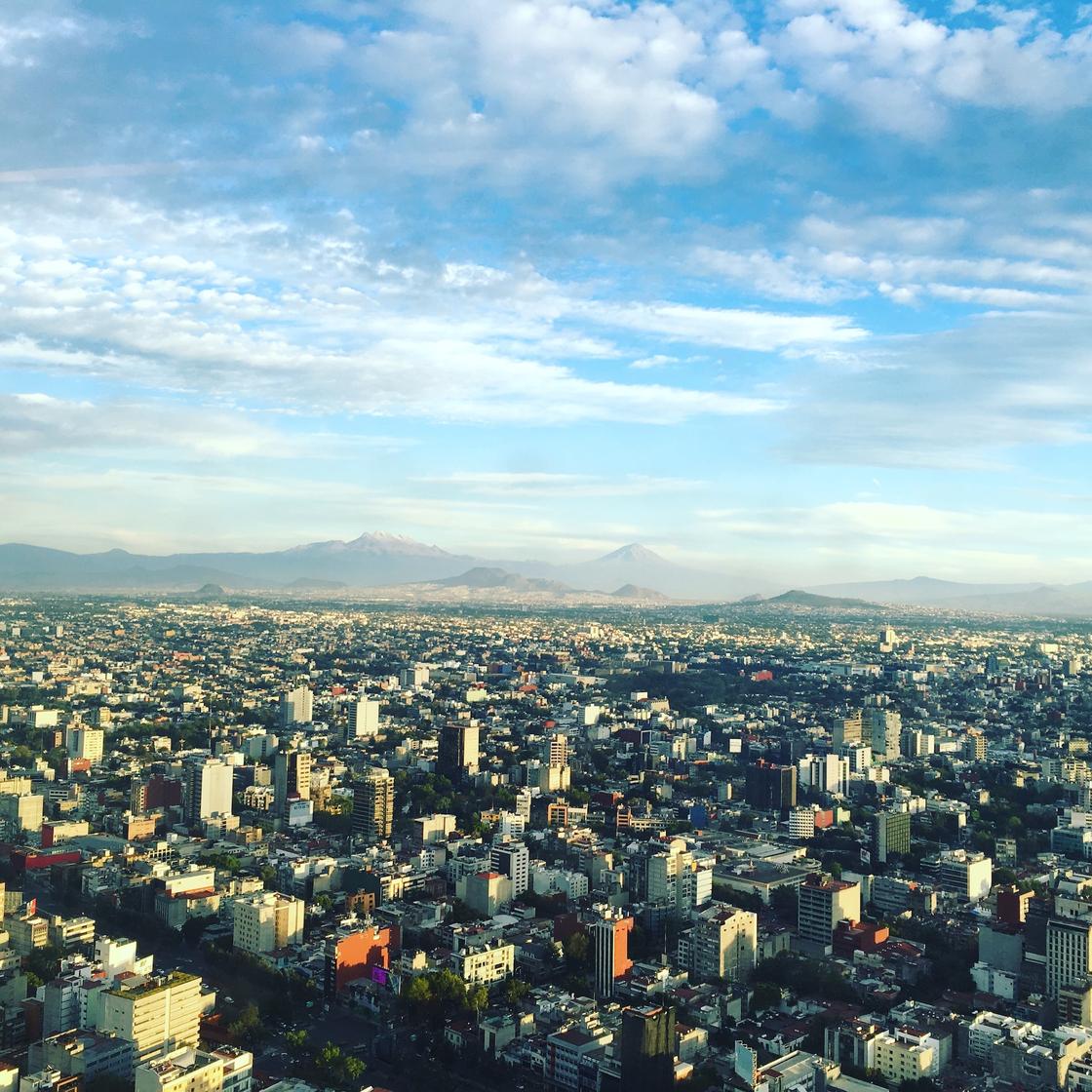
6. Cairo
Cairo is the capital of Egypt and the largest Arabic-speaking city in the world. Its population is 20,484,965. Since the 1960s, the city's population has doubled as a result of rapid growth. This has been facilitated by a high birth rate and an influx of migrants from rural areas. The fact that Cairo is home to a third of the country's industrial enterprises is an attraction for migrants. Tourism is of primary importance for the city's economic development.
Britannica notes the peculiarity of Cairo's population: once ethnically and religiously diverse, it is now predominantly Muslim. There are remnants of Italian, Greek, Syrian and Sudanese communities.
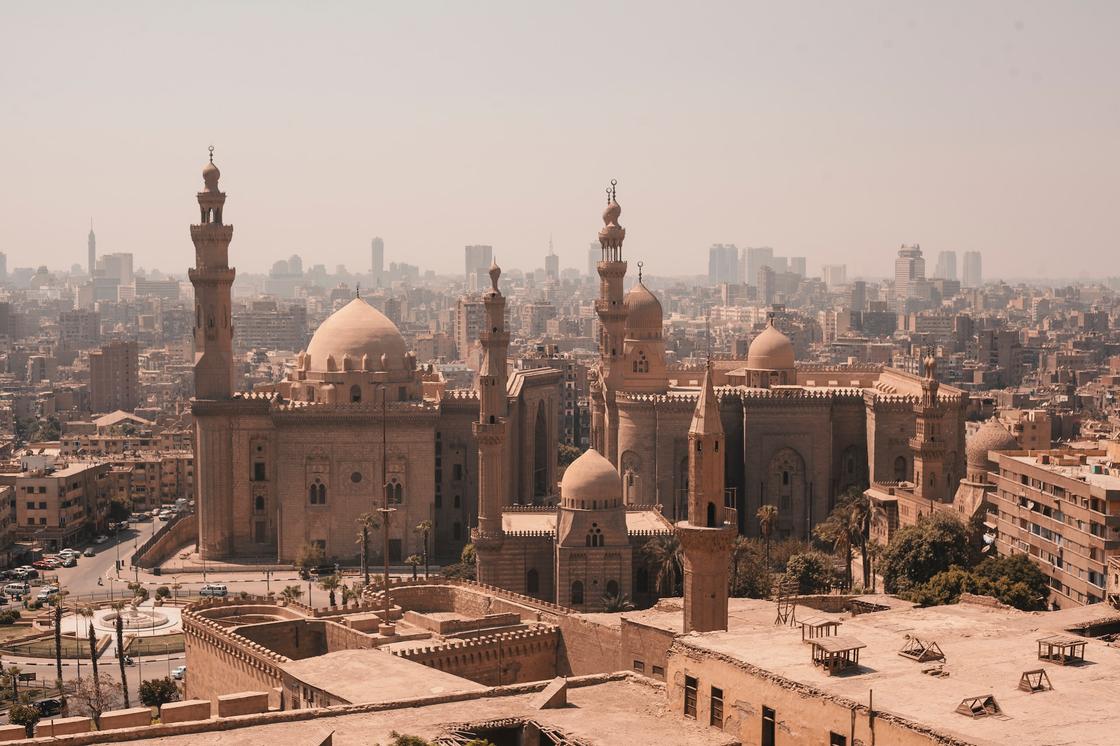
7. Dhaka
Dhaka, the capital of Bangladesh, has a population of 20,283,552. The city has the highest annual population growth rate in Asia, reaching 4%. This is mainly due to the influx of migrants from rural areas. Although the capital is home to most of the country's industrial enterprises, mainly in the light and food industries, the city has high unemployment (19%), and a third of the capital's population lives below the poverty line.
Most of Dhaka's residents are Muslims, but there are also Hindus, Buddhists and Christians. The vast majority of city residents speak Bengali, but newcomers have brought many local dialects.

8. Mumbai
The second most populous city in the country and the largest port is located in the west of India, on the coast of the Arabian Sea. Its population is 20,185,064 people. The city itself is located on the island of Bombay, the agglomeration includes suburbs and satellite towns. The appearance of the city is striking in its contrasts: slums coexist next to modern neighborhoods.
The port city and major economic center attracts labor (mostly men) from the country's regions, as well as from other South Asian countries. European and Asian cultures coexist here, as do different religions - Hinduism, Islam, Buddhism, Christianity, and many other Eastern faiths.

9. Beijing
Beijing is the capital of China and the second most populous city in the country with a population of 20,035,455 people. A third of the city's residents have temporary registration, and over 10 million migrant workers from rural areas live here illegally. This is the cheapest labor force in the metropolis, the most unprotected and discriminated against.
Ethnic Chinese (Han) make up 95% of the city's residents. National minorities live in Beijing - Manchus, Koreans, Mongols and representatives of other ethnic groups. There are foreigners. These are mainly businessmen and students.
Beijing has deep cultural traditions, and three of its sites are UNESCO World Heritage Sites. The creative sector employs about 600,000 city residents.
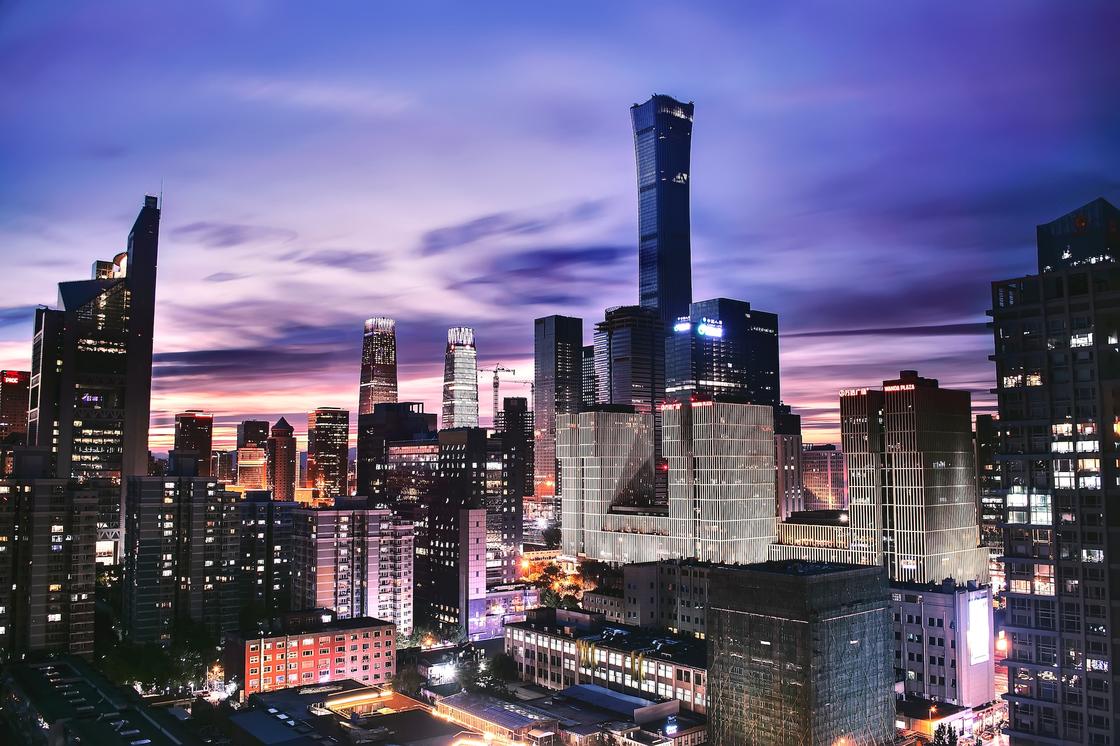
10. Osaka
Osaka is the second largest city in Japan, the center of the prefecture of the same name. The city's population is 19,222,665 people. From ancient times to this day, Osaka has been the country's trading center, and rice merchants made up a significant portion of the city's residents.
The city's population is employed in enterprises processing seafood, in the city's well-developed tourism sector and in the service sector. The city has the world's largest underground shopping complex.

Most of the most populous cities are located in the most populous countries in the world in Asia. Overcrowding of megacities is becoming a major environmental problem of our time.



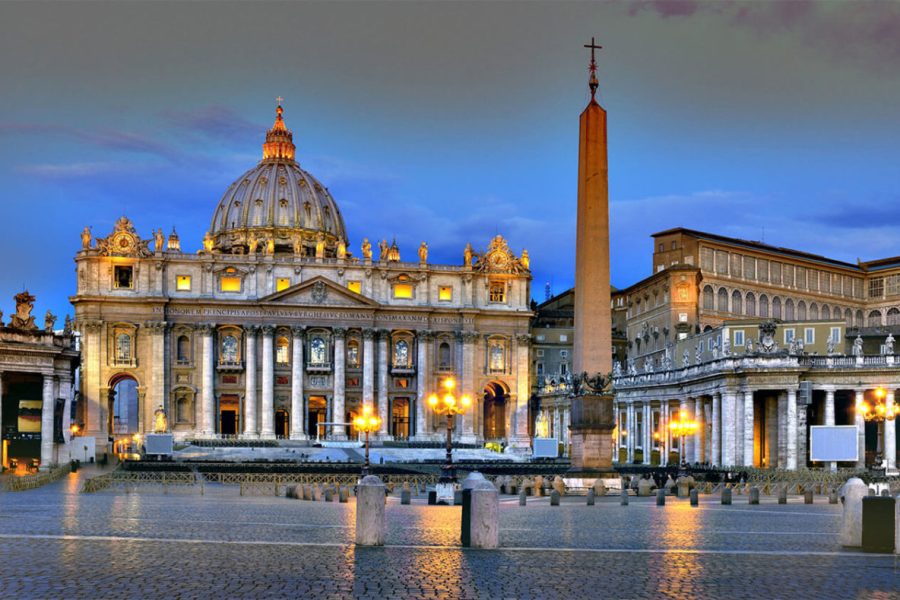



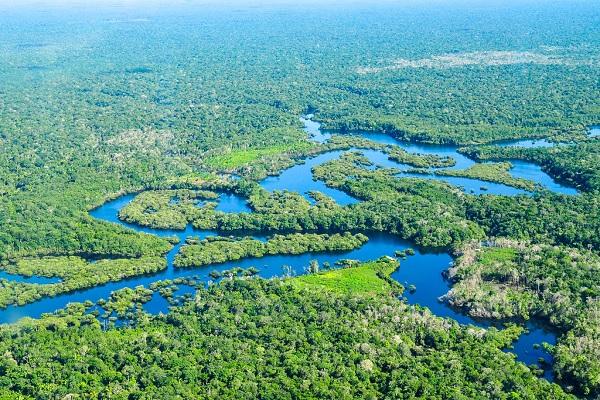






Оставить Комментарий